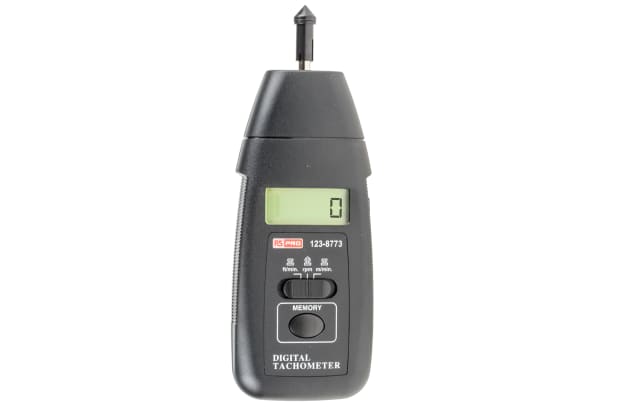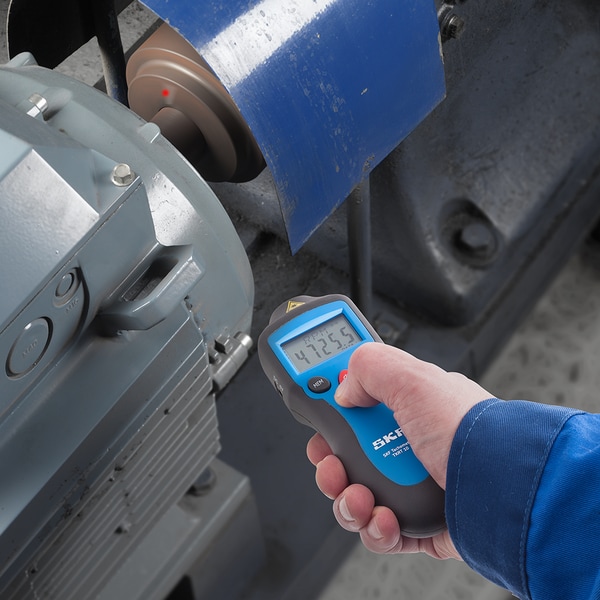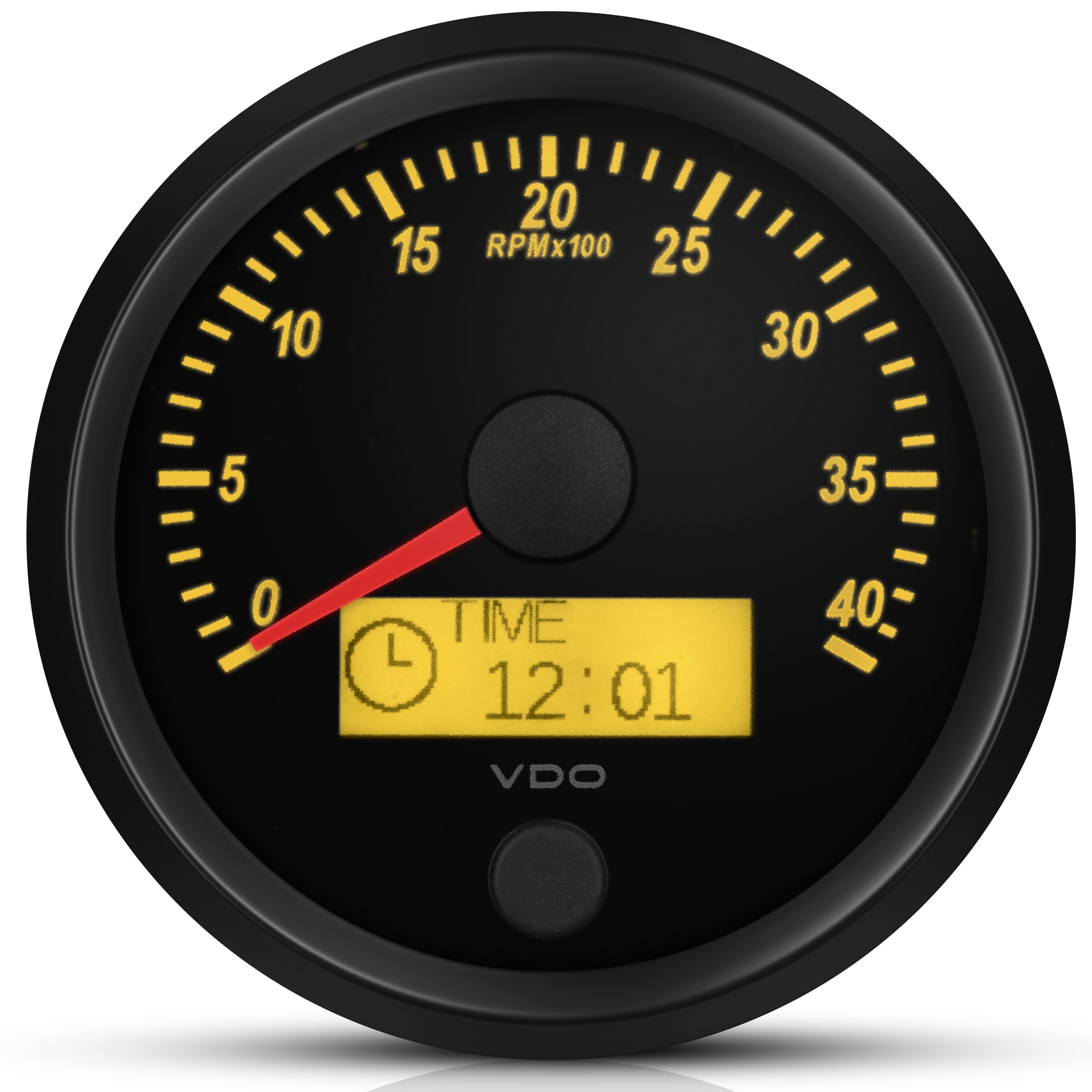Leading Reasons That Every Vehicle Driver Demands a High-Quality Tachometer
Leading Reasons That Every Vehicle Driver Demands a High-Quality Tachometer
Blog Article
The Relevance of a Tachometer in Keeping Track Of Engine Speed and Efficiency in Automotive Applications
In the world of automobile design, the tachometer stands as a crucial instrument in the driver's toolbox, giving a direct home window into the inner operations of a lorry's engine. Past its feature as a mere scale of changes per minute (RPM), the tachometer functions as an essential tool for fanatics and professionals alike, using real-time understandings into engine efficiency and wellness. Understanding the value of this device surpasses surface-level monitorings, diving into the elaborate partnership in between engine speed, power outcome, and total driving experience. As we discover the multifaceted function of the tachometer in vehicle applications, a much deeper appreciation for its effect on automobile dynamics and performance begins to arise.
Significance of Monitoring Engine RPM
Checking engine RPM, or changes per minute, is an important facet of auto maintenance and efficiency analysis. Engine RPM directly associates with the speed at which the engine's crankshaft rotates, suggesting exactly how rapidly the engine is running.
Furthermore, checking engine RPM is necessary for performance analysis in racing and high-performance lorries. Keeping ideal RPM degrees is vital for achieving peak power outcome and acceleration. Racers commonly use tachometers to ensure they are running within the optimal RPM array for maximum efficiency. In recap, keeping track of engine RPM is not just crucial for spotting issues yet also for enhancing engine efficiency in various vehicle applications.

Benefits of Real-Time Data
In automobile applications, real-time data plays a critical duty in providing instant insights into the performance and condition of the car. By continually monitoring various parameters such as engine speed, temperature, fuel consumption, and much more, real-time information provides many advantages that add to improved effectiveness and security on the road.
One considerable advantage of real-time data is its capability to alert motorists and service technicians to any type of anomalies or concerns without delay. This aggressive approach enables fast recognition of prospective problems, enabling prompt interventions to stop additional damages or break downs. Additionally, real-time data assists in performance optimization by providing immediate responses on driving behaviors and engine effectiveness. Drivers can readjust their behavior in real-time based upon this info to achieve better fuel economy and prolong the life expectancy of their car.

In addition, real-time data plays a vital function in modern vehicle diagnostics, enabling service technicians to quickly identify and address malfunctions. This leads to minimized downtime, lower maintenance expenses, and inevitably, improved general lorry reliability and durability (tachometer). By utilizing the power of real-time information, auto stakeholders can make informed decisions that favorably influence both the efficiency and long life of the vehicle
Effect On Equipment Shifts
Efficient gear shifts in automobile applications dramatically influence general efficiency and driving experience. webpage The tachometer plays an essential function in enhancing equipment changes by giving real-time engine rate data to the vehicle driver. When coming close to the redline on the tachometer, it signals the driver to upshift to avoid over-revving the engine and triggering prospective damages. On the various other hand, downshifting at the appropriate moment can help maintain the engine in its power band, guaranteeing responsive acceleration when needed.
Moreover, the tachometer help in attaining smoother equipment shifts, particularly in manual transmissions. By monitoring engine rate, vehicle drivers can implement equipment shifts at the optimum RPM array, decreasing jerking movements and reducing wear on the transmission elements. This accuracy on duty adjustments not just enhances driving convenience yet additionally adds to sustain efficiency.
Enhancing Fuel Performance
Provided the vital role the tachometer plays in maximizing equipment shifts for performance and engine wellness, it directly adds to taking full advantage of fuel performance in vehicle applications. By offering real-time comments on engine speed, the tachometer assists motorists in preserving the most effective RPM variety for fuel economy. When vehicle drivers constantly monitor the tachometer and readjust their driving routines as necessary, they can prevent unneeded fuel intake brought on by over-revving or hauling the engine.
Furthermore, the tachometer assists motorists recognize the most fuel-efficient equipment to be in at any kind of provided minute, preventing the engine from working more challenging than essential. In verdict, the tachometer offers as a valuable device in boosting gas performance by promoting optimal driving practices and determining areas for improvement in the car's performance.

Optimizing Engine Long Life
The tachometer's duty in keeping an eye on engine rate and performance contributes in ensuring the longevity of auto engines. By making use of the tachometer successfully, motorists can enhance engine longevity via conscious RPM management. Consistently revving an engine expensive can result in excessive damage on vital parts, such as the pistons, shutoffs, and bearings. Over time, this can cause lowered engine efficiency and potential breakdowns. Keeping an eye on the tachometer enables chauffeurs to remain within the advised RPM variety for their vehicle, protecting against unnecessary strain on the more helpful hints engine and extending its lifespan.

Conclusion
To conclude, the tachometer plays an important role in checking engine speed and efficiency in automobile applications. By providing real-time data on RPM, it permits effective equipment shifts, boosted fuel performance, and made best use of engine durability. This device is important for maintaining optimum engine performance and making certain the overall performance of an automobile.
Report this page